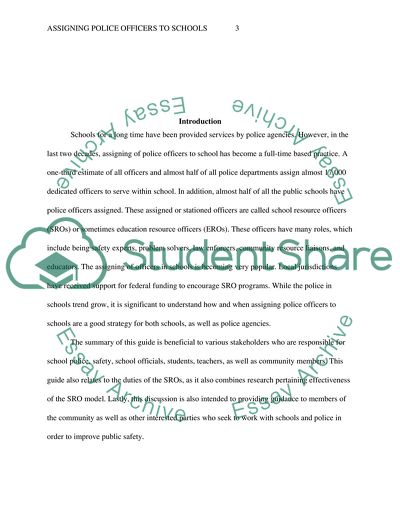Cite this document
(School Police: Assigning Police Officers to Schools Research Paper, n.d.)
School Police: Assigning Police Officers to Schools Research Paper. Retrieved from https://studentshare.org/education/1811433-school-police
School Police: Assigning Police Officers to Schools Research Paper. Retrieved from https://studentshare.org/education/1811433-school-police
(School Police: Assigning Police Officers to Schools Research Paper)
School Police: Assigning Police Officers to Schools Research Paper. https://studentshare.org/education/1811433-school-police.
School Police: Assigning Police Officers to Schools Research Paper. https://studentshare.org/education/1811433-school-police.
“School Police: Assigning Police Officers to Schools Research Paper”, n.d. https://studentshare.org/education/1811433-school-police.


